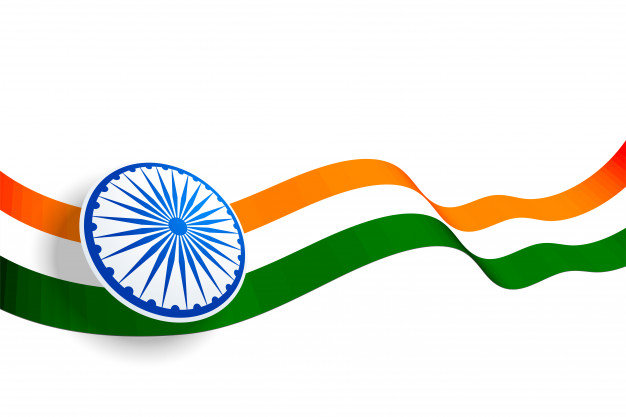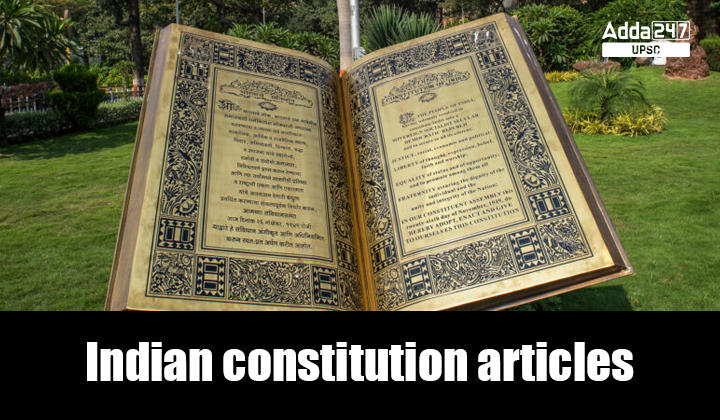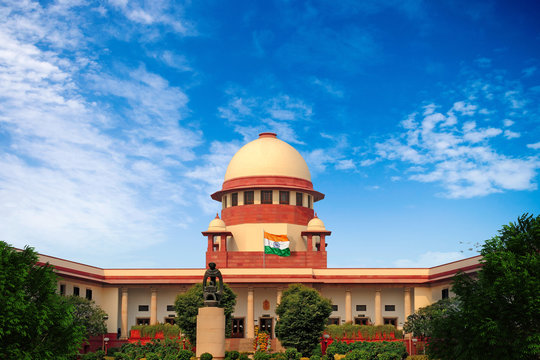What I love about Indian Democracy!
The constitution primarily distributes "Power" in Indian Democracy!
- Legislature: The chief function of the legislature is to enact laws.
- Judiciary: The judiciary interprets the law, settles disputes, and administers justice to all citizens.
- Union List (List I): The Parliament has an ‘exclusive power’ to make laws regarding any of the matters in this list.
- State List (List ii) The States have an exclusive power to make laws regarding the matter enumerated in this list.
- Concurrent List (List III): Both the Centre and the States may operate simultaneously on the subject matters enumerated in this list.
The 4th and 5th factors are that both the Office of the Comptroller and Auditor General (CAG) and the Election Commission (EC) of India are autonomous bodies as per the Constitution of India.
Comptroller and Auditor General (CAG): The CAG is an independent authority under Article 148 of the Indian Constitution. The CAG is the head of the Indian Audit and Accounts Department and is the guardian of the public purse. This office controls the entire financial system of the country at both levels–the Centre and the State. The President of India appoints the CAG. There is a strict constitutional process and defined grounds (impeachment) on which we can remove the CAG from office.
The CAG of India (CAG) audits and reports on the accounts and finances of the Union and State governments, as well as other public bodies; advises the President on the form and manner of keeping the accounts of the Union and the States. It submits the country's audit reports to the President and the Governors, who then place them before the Parliament and the State Legislature. The CAG is an agent of the Parliament and acts as a guardian of the public purse. Its role is to ensure that the government spends public money lawfully, and as per rules and, that there is no wastage, fraud, or misappropriation. The CAG also certifies the net proceeds of any tax or duty, and his certificate is final.
Their autonomy ensures that these institutions can operate with no undue influence from the legislative or executive branches of the government, upholding the principles of democracy. However, it’s important to note that while they are autonomous, they are still accountable to the judiciary and the public. They are required to perform their duties in a fair, transparent, and non-partisan manner. ECI is a constitutional body vested with powers to supervise, direct, and control the election process of the country. The following articles of the Indian constitution define the powers of the ECI:
Article 324: This provides the authority to ECI for directly handling elections through Superintendence, control, and direction of national and state-level elections.
Article 325: Inclusion and exclusion of names in electoral rolls are based on Indian Citizenship.
Article 326: Defines universal adult franchise as the basis for elections to all levels of the elected government.
Article 327: Defines responsibilities of the ECI and parliament for the conduct of national elections.
Article 328: Defines the role and responsibilities of the state legislatures regarding state-level elections.
Article 329: Prohibits court interference in matters related to elections unless specifically asked to provide their views.
The seven-member drafting committee headed by Dr. Bhimrao Ramji Ambedkar took 2 years, eleven months, and seventeen days to draft the Great Indian Constitution!
The Committee included:
Sir Benegal Narsing Rau, then a civil servant, became the first Indian Judge in the International Court of Justice.
B.R. Ambedkar: Often referred to as the Father of the Indian Constitution, Dr. Bhimrao Ramji Ambedkar was a jurist, economist, politician, and social reformer who worked for the Bahujan community.
Alladi Krishnaswamy Iyer, former Advocate General of Madras State from 1929 to 1944.
Dewan Bahadur Sir Narasimha Gopalaswami Ayyangar, the Prime Minister of the princely state of Kashmir, later became the leader of the Rajya Sabha.
Kanhaiyalal Maneklal Munshi, Independence activist, politician, and writer from Gujarat.
Mohammad Saadulla, the first prime minister of Assam (1937-46) elected to the Constituent Assembly from Assam.
Sir Nyapathi Madhav Rao (8 June 1887-28 Aug 1972) Indian civil servant, who replaced B. L. Mitter (worked with the Diwan of Baroda)
Tiruvellore Thattai Krishnamachari (1899–1974), popularly known as Krishnamachari or TTK, Politician & founder of the Indian Business conglomerate TTK Group of Prestige Brand replaced D.P. Khaitan, who passed away in 1948 (Debi Prasad Khaitan, was the founder of Khaitan & CO., one of the oldest working law firms in India.)
The architects of our constitution were visionary! They safeguarded democracy and the people of India from themselves too. They made sure no single individual or group would ever seize absolute power and pitch either India or the world into the darkness of external subjugation or internal coup. A lesson well learned from ignominious British colonialism!
I know this is a serious blog. But I hope you enjoyed it. Nandita.









Comments
Post a Comment